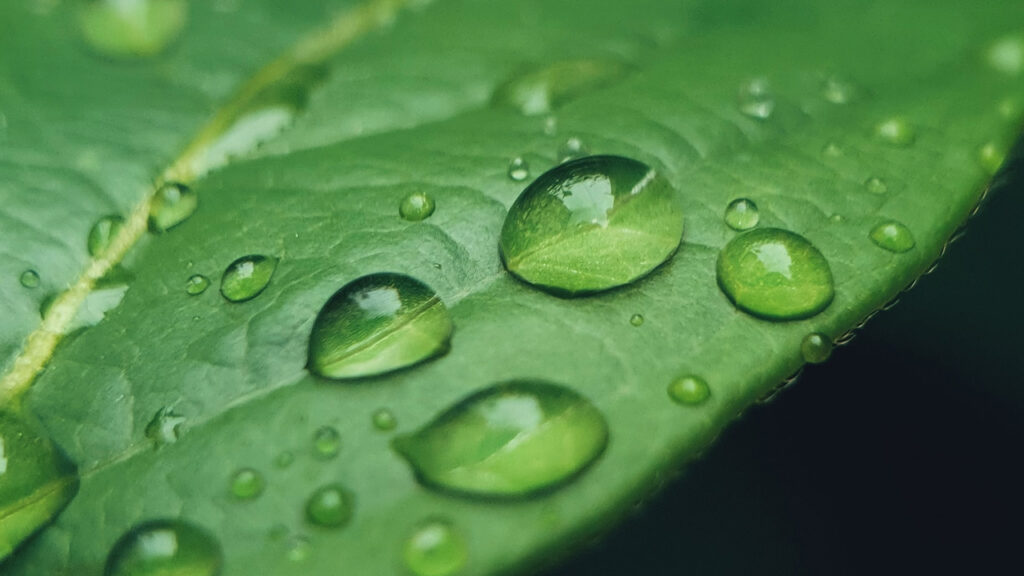
Drought is such a common gardening threat that it gets a lot of attention. Far less attention is paid, though, to what happens when too much rain comes down.
Plants that wash away or that rot in soggy soil are the most immediate and obvious problems. But a handful of more subtle, lingering, and long-term problems also can follow excess wetness. Some plants, such as lavender, artemisia, lamb’s ears, carnations and other dianthus have little tolerance for wet soil and can die after just a day or two of sogginess. In fact, they tolerate drought. Others are more flexible. Daylilies, many irises, lilyturf and mondo grass may not die, but some of the roots may rot, putting the plant at risk of other setbacks, such as intense heat, intense cold, or a future dry spell. Damage or plant death may not show up until months later. The long-term outcome depends on the plant, how long it was sitting in soggy soil, and whether the plant sidesteps setbacks while roots regrow. Most needled evergreens are especially vulnerable but do not turn brown and drop needles for weeks or even months. Think about how a Christmas tree stays green for long after it’s been completely disconnected from its roots.
